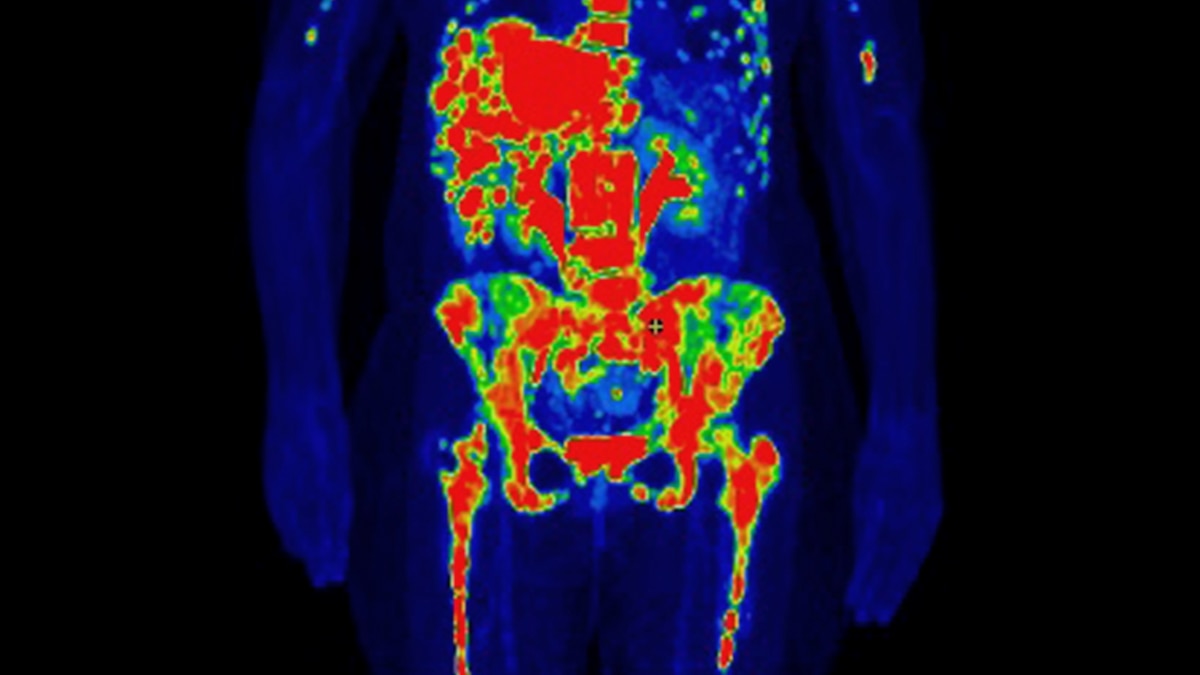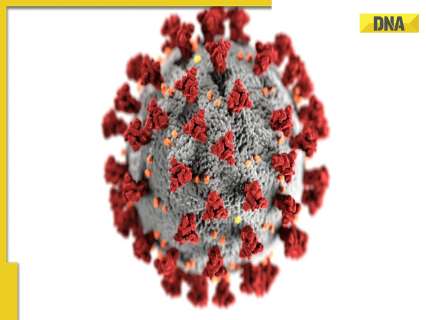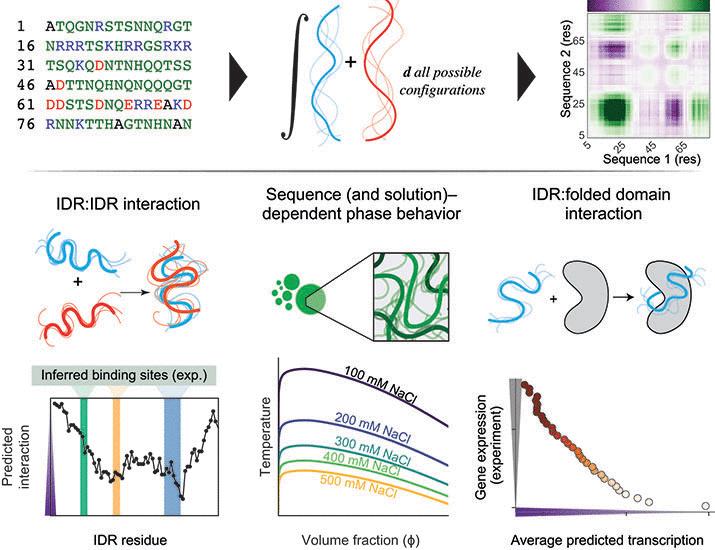Now Reading: Why cancer rates are rising in young women—and what to do about it
-
01
Why cancer rates are rising in young women—and what to do about it
Why cancer rates are rising in young women—and what to do about it

In its recent annual report, the American Cancer Society shared some striking news: Cancer is turning up more frequently in young people – especially in young women.
Before we panic: The trend is not entirely a new one. Women have long had higher cancer rates than men in younger age groups. And there’s good news in the report too, says Otis Brawley, an oncologist and epidemiology professor at Johns Hopkins University’s Bloomberg School of Public Health. Namely, it found that, overall, cancer deaths have been trending downward.
But the report does suggest areas for concern, as doctors cannot completely explain what’s fueling the increases. However, they do have some guesses, including obesity, the earlier onset of puberty, and exposure to environmental toxins.
There’s unlikely to be a single smoking gun. The causes, treatment, and prevention of different cancers are often so different. “We should look at the problems by disease,” says Brawley.
Although cancer trends are complex, there’s a lot people can do to lower their risk of a range of cancers. The steps people take to prevent one cancer can also reduce the risk of other cancers. Understanding what’s fueling the latest patterns, and how to guard against them, is a good first step toward improving your overall health.
Women and younger adults are bearing more of the cancer burden
Cancer has long been thought of as a disease of older people, especially older men. That’s changing.
Although adults over 65 still make up the majority of people with cancer diagnoses, and men account for about two-thirds of those diagnoses, the ACS report shows cancer rates in women now meet or exceed men’s in younger age groups.
Particularly striking: The report finds that two-thirds of all cancers diagnosed in people under 50 are in women, says Mary Beth Terry, an epidemiology professor at Columbia University and executive director of the Silent Spring Institute, who was not involved in the publication. The overall pattern here isn’t new. In an analysis of historical cancer data, Terry’s team has found that young women’s diagnoses have outpaced young men’s for at least three decades. But the gap between young men and women is both persistent and growing.
So what’s fueling the increasing number of diagnoses of women under 50?
Breast cancer is to blame for much of the risk difference. Its rates are ticking upward in women under 50 more quickly than in older women, as are colorectal cancers (a trend also seen among men). Also contributing are women’s higher rates of thyroid cancer, and rising rates of cervix and uterus cancers. And while lung cancer rates are decreasing for everyone, they’re declining more slowly for women than for men.
The overall trend in cancer diagnoses for men under 50 are flat, but there are increases in rates of certain specific cancers: Namely leukemia, and testicular and kidney cancer.
(Colon cancer is rising in young people. Finally, scientists have a clue about why.)
Terry finds it remarkable these cancers are becoming more common in young women even though smoking rates have reached an all-time low. That suggests there’s much more to cancer risk than factors that affect individuals like genetics, or habits like smoking. “Upstream factors and neighborhood-level factors certainly affect the distribution of cancer, but also outcomes after cancer,” Terry says, “it’s not just about what the individual does.”
One important bright spot: People are more likely to survive cancer than ever before, largely because of massive leaps forward in diagnosis and treatment, including recent progress in immunotherapies and targeted therapies tailored to the individual’s specific cancer.
However, this progress has not benefited all Americans equally: Black and Native Americans are more likely to die from a range of cancers than people in other racial or ethnic groups, partly because they’re less likely to be able to afford treatment. They are also more likely to get cancer to begin with and to live with it undiagnosed for longer because they’re more likely to be exposed to cancer-causing chemicals, and less likely to have access to high-quality early cancer detection.
Cultural and environmental trends play a role in shaping cancer risk
While scientists know which cancers are fueling the growth of diagnoses in women, they still don’t totally understand why those cancers are becoming more common.
This question is so difficult to answer because cancer is not just one disease but many different diseases, each with multiple different potential causes both known and unknown. At the root of every cancer is a cell that proliferates unchecked, invades the body’s infrastructure, and evades the immune system’s defenses. However, there are many pathways to developing these nefarious traits, and many triggers to push a cell in a dangerous direction.
Larry Norton, a breast cancer oncologist at Memorial Sloan Kettering Cancer Center who directs the Evelyn H. Lauder Breast Center, puts it this way: “There’s only one way the orchestra could sound good, but there are 120 ways the orchestra could sound bad. Lots of things can go wrong and give the same result.”
You May Also Like
Genetics have always been an important risk factor for many cancers, but they’re unlikely to explain newer age and gender trends. After all, people aren’t that genetically different than they were 30 decades ago. In the past, people thought that “if you’re young and have cancer, it’s just your genes – and if you’re old and you have cancer, it’s just the environment,” says Terry. “But the reality is, it’s always both.”
Experts believe other risk factors are at play, too.
Changes in estrogen exposure could be playing a role
For one, the more estrogen a young woman is exposed to over her first few decades of life, the more likely she is to develop breast cancer during her childbearing years, says Norton. Estrogen is a particularly potent source of cancer risk when it cycles in combination with its counterpart, progesterone. The primary source of that cycling women is ovulation, which happens about once a month during the reproductive years.
Several different factors can cause women to have more periods earlier in life. One is decreasing birth rates among younger women in particular. During pregnancy, ovulation stops – and while estrogen and progesterone levels rise to high levels, they don’t wax and wane as they do outside of pregnancy. That nine-month break from ovulation, especially if it happens before a woman is in her 30’s, lowers her risk for breast cancer later in life. Additionally, pregnancy leads to breast tissue changes that make cells less likely to become cancerous.
This all adds up to lower postmenopausal breast cancer rates in women who have their first child in early adulthood – and higher rates in those who never have children, as many are now choosing to do.
Another factor that contributes to increased menstrual cycling is early-onset puberty in girls. The average age of puberty has been drifting downward in girls, and rising rates of childhood obesity are likely playing a role.
Obesity is a risk factor— as are environmental contaminants
Obesity is also likely related to rising colorectal cancer rates in young people, says Brawley. It’s not just having excess body fat that contributes to the risk, but also not moving enough and overconsuming calories, a constellation he calls “energy imbalance.” Several studies have linked early onset colorectal cancers with diets high in ultra processed carbohydrates, fatty or sugary foods, and red or processed meats, and low in fresh fruits and vegetables. Byproducts of certain gut microbes may also play a role in the trends.
Another possible contributor to rising cancer rates: Environmental contaminants. Terry oversees research on associations between a range of air, food, and water pollutants and breast cancer. While asbestos and radon have long been known to cause lung cancers, and there are strong links between arsenic water contamination and lung, bladder, and skin cancer, laws already limit Americans’ exposure to these pollutants.
(The ability to reverse damage to your lungs and heart is tantalizingly close)
On the other hand, “forever chemicals” – PFAS, per- and polyfluoroalkyl substances present in a range of household products and considered to be environmental contaminants – have been connected with kidney and thyroid cancer in some studies, and our exposure to them may be growing. However, policymakers have struggled to make practical regulation to protect the public from these chemicals.
Finally, it’s also possible that the rise in cancer among women is partly due to just better cancer screening. In particular, that may be part of the picture for breast cancer. Improvements in mammograms, the technology used to diagnose breast cancer, have probably contributed to some of the increased numbers of breast cancers, especially those developed at early stages, said Robert Smith, an epidemiologist who leads early cancer detection at the ACS. That has good consequences for patients: finding more of these cancers at earlier stages has made many of them easier to treat.
Personal choices and policies shape cancer risk
Reports on the rising rates of cancer get a lot of press, but they also “scare the hell out of people,” Brawley says. Plus, they’re not very good at nudging people toward actions that prevent cancer or get it detected early. For example, despite decades of messaging about breast cancer risk, mammogram rates among women of all ages have stubbornly hovered around 60 percent for more than 15 years.
For individuals who want to minimize their cancer risk, focusing on a few areas can have a big impact.
One of the highest-impact choices people can make is to avoid tobacco products. This includes smoking and vaping; although e-cigarettes haven’t been definitively linked with cancer risk, that may be because they haven’t been around long enough to have their risk measured.
Another great choice is to eat a high-fiber diet that minimizes processed and red meat and ultra processed carbohydrates. The American Cancer Society also recommends being physically active and staying at a healthy weight.
Drinking alcohol raises the risk of developing certain cancers in people with specific genetic predispositions. For them, limiting alcohol consumption may lower risk.
Some cancers are linked to infections, and several of those infections are preventable with vaccines. Being immunized against hepatitis B and human papillomavirus (HPV) can reduce your risk. Additionally, getting screened for treatable cancers like breast and colon cancer (and lung cancer, for smokers) makes it more likely any cancer is diagnosed in its early stages, which can improve treatment outcomes.
Early diagnosis is not enough to reduce the disparities that exist, says Brawley. A big part of the reason Black women have worse breast cancer outcomes is that they’re less likely to get adequate care once they’re diagnosed – a problem related to insurance coverage, difficulties accessing care, being offered inferior treatment by health care providers, and other factors. In Black communities, “there’s this incredible over emphasis on screening,” he says, without a proportional emphasis on care.
Some important risk factors require changes at a much broader level, says Terry. “For too long, we’ve tried to really just focus on individual level risk factors,” she says, but upstream factors like air, water, and soil contaminants also have massive effects on the distribution of cancers and their outcomes. ”It’s not just about what the individual does,” Terry says. “A lot does come down to policies.”























